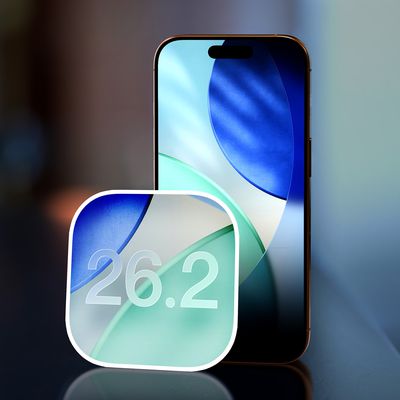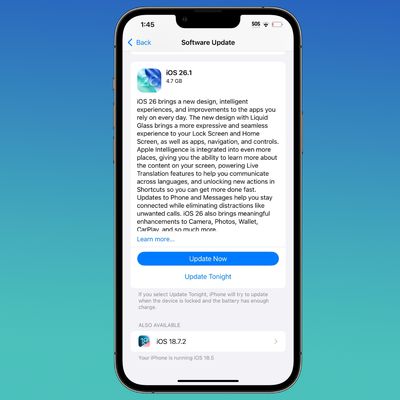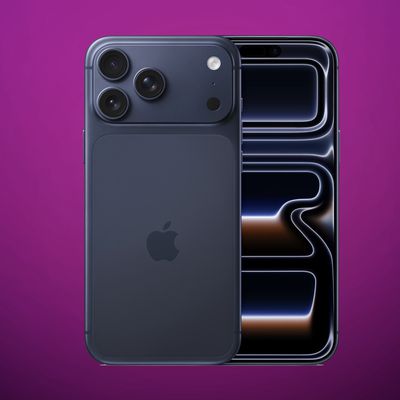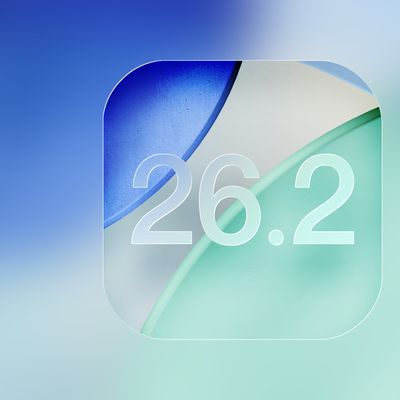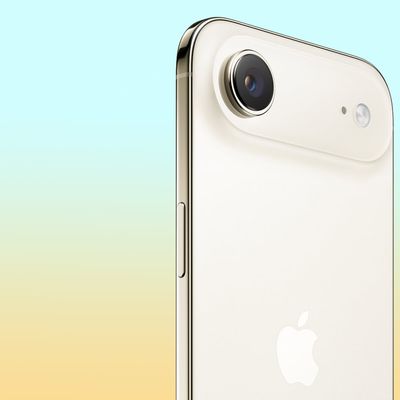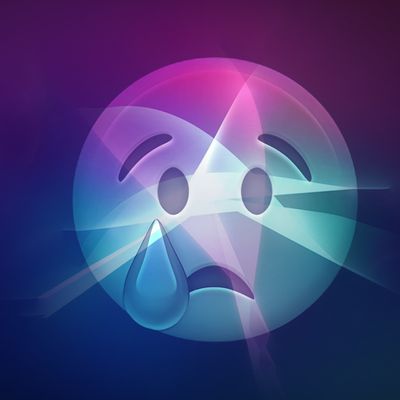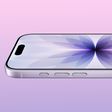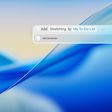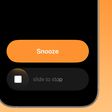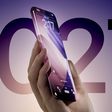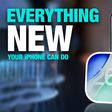Apple Wins Patent for Pressure-Sensitive Device Casings
Apple was today granted a 2009 patent application to allow users to control a device by pressing on, or squeezing, parts of the casing. An illustration in the patent shows potential touch-sensitive areas across a whole range of different devices:
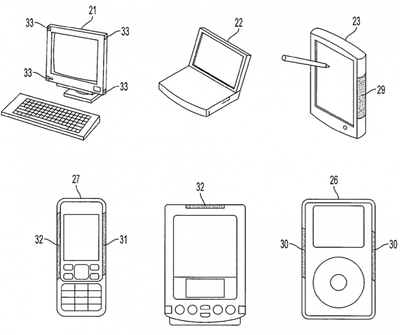
The patent, discovered by AppleInsider, combines two different methods of detecting and measuring the amount of pressure applied: one physical, the other electrical. The capacitance test, which works in a similar way to touchscreens, would enable the device to tell human touch apart from accidental pressure applied while the device was carried in a pocket or bag.
Sensors disposed within the housing, in some embodiments directly beneath the surface, can detect when deflection occurs, which in turn denotes stress or pressure. In some embodiments, the sensors are connected to a printed circuit board that can in turn illuminate a light or other indicator when a minimum amount of readable stress is applied … A processor can take the measurements with their corresponding deflection rates, and translate them into device actions. For example, a threshold stress level is reached when a user presses down on a certain area of a device's housing. The processor determines that the capacitance change is outside the bounds of normal readings and can trigger a UI event or other device feature in response. The system can be customized to detect patterns and varied sensitivities to support a broad range of tasks.
Apple patents a great many technologies it never uses, either as potential solutions that are later rejected or to protect against competitor use, although the metal casing of the iPhone 5 could make the system practical on any future iPhone models with a similar casing.
Popular Stories
We're getting closer to the launch of the final major iOS update of the year, with Apple set to release iOS 26.2 in December. We've had three betas so far and are expecting a fourth beta or a release candidate this week, so a launch could follow as soon as next week.
Past Launch Dates
Apple's past iOS x.2 updates from the last few years have all happened right around the middle of the...
Apple is encouraging iPhone users who are still running iOS 18 to upgrade to iOS 26 by making the iOS 26 software upgrade option more prominent.
Since iOS 26 launched in September, it has been displayed as an optional upgrade at the bottom of the Software Update interface in the Settings app. iOS 18 has been the default operating system option, and users running iOS 18 have seen iOS 18...
Apple is expected to launch a new foldable iPhone next year, based on multiple rumors and credible sources. The long-awaited device has been rumored for years now, but signs increasingly suggest that 2026 could indeed be the year that Apple releases its first foldable device.
Subscribe to the MacRumors YouTube channel for more videos.
Below, we've collated an updated set of key details that ...
Apple's iPhone 17 lineup is selling well enough that Apple is on track to ship more than 247.4 million total iPhones in 2025, according to a new report from IDC.
Total 2025 shipments are forecast to grow 6.1 percent year over year due to iPhone 17 demand and increased sales in China, a major market for Apple.
Overall worldwide smartphone shipments across Android and iOS are forecast to...
Apple today seeded the release candidate versions of upcoming iOS 26.2 and iPadOS 26.2 updates to developers and public beta testers, with the software coming two weeks after Apple seeded the third betas. The release candidates represent the final versions of iOS 26.2 and iPadOS 26.2 that will be provided to the public if no further bugs are found during this final week of testing....
2026 could be a bumper year for Apple's Mac lineup, with the company expected to announce as many as four separate MacBook launches. Rumors suggest Apple will court both ends of the consumer spectrum, with more affordable options for students and feature-rich premium lines for users that seek the highest specifications from a laptop.
Below is a breakdown of what we're expecting over the next ...
In a statement shared with Bloomberg on Wednesday, Apple confirmed that its software design chief Alan Dye will be leaving. Apple said Dye will be succeeded by Stephen Lemay, who has been a software designer at the company since 1999.
Meta CEO Mark Zuckerberg announced that Dye will lead a new creative studio within the company's AR/VR division Reality Labs.
On his blog Daring Fireball,...
The iPhone Air has recorded the steepest early resale value drop of any iPhone model in years, with new data showing that several configurations have lost almost 50% of their value within ten weeks of launch.
According to a ten-week analysis published by SellCell, Apple's latest lineup is showing a pronounced split in resale performance between the iPhone 17 models and the iPhone Air....
OpenAI is deprioritizing work on advertising as it focuses on improving the quality of ChatGPT, reports The Information. OpenAI CEO Sam Altman declared a "code red" on Monday, and told employees that the company needs to improve ChatGPT so it doesn't fall behind competitors like Google and Anthropic.
Altman said that OpenAI needs to work on personalization for each user, image generation,...
Apple AI chief John Giannandrea is stepping down from his position and retiring in spring 2026, Apple announced today.
Giannandrea will serve as an advisor between now and 2026, with former Microsoft AI researcher Amar Subramanya set to take over as vice president of AI. Subramanya will report to Apple engineering chief Craig Federighi, and will lead Apple Foundation Models, ML research, and ...



